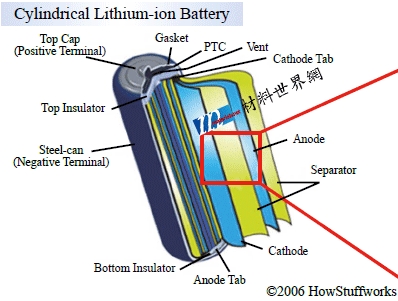What is inside a lithium battery? |
|
Recently, many electric vehicle fires and explosions have once again pushed the safety of power batteries to the forefront. Peng Yumin, director of the Industrial Technology Research Institute, pointed out that the safety problems of lithium batteries mainly come from the increase in the internal temperature of the battery, including improper heating of the battery, overcharging, and short circuits caused by contact between the positive and negative materials, which will all cause the internal temperature of the lithium battery to rise. |
What devices use lithium batteries? |
|
Including mobile phones, mobile power supplies, etc. are using lithium batteries. Owing to the mobile products to be brought with yourself, if you use a normal battery, you must change it very often and feel inconvenient. Therefore, the light and long-lasting "lithium battery" is the best choice. Besides that, the lithium batteries are used as energy storage devices for ESS energy cabinets & systems. |
What causes lithium batteries to catch fire? |
|
Lithium battery has been developed for decades since published. Most mobile phones currently on the market also have built-in lithium batteries. Despite decades of development, lithium batteries still can not guarantee 100% safety, and even explode in some specific environments. Lithium Ion batteries are subject to Thermal Runaway, and this occurs when the separator blocking the flow of electrons in the battery fails. According to the statistics of the Fire Department of the Ministry of the interior in Taiwan, there have been 32 lithium battery fires throughout the country from January to May in 2020. The main reason for the lithium battery fire is that the heat is out of control. From energy storage power system to mobile power supply, the main cause of battery fire is thermal runaway.
The safety problems of lithium batteries do exist. In addition to the manufacturers must recognize and prevent the possible safety risks caused by the use of lithium batteries, the general consumers also have the responsibility. They must face up to the danger of lithium batteries and understand the combustion characteristics of lithium batteries in order to avoid accidents. |
- Home
- FAQ
